Liuwa Plain National Park
It is in Liuwa Plain National Park that one of the planet’s true wildlife spectacles can be seen: the second-largest wildebeest migration in Africa.
photo credit Scott Ramsay
Experience Liuwa Plain National Park
Although it is the wildebeest migration that first draws visitors to Liuwa Plain National Park, its astounding biodiversity keeps them coming back. Some 40,000 migrating wildebeest are joined by herds of zebra, tsessebe and lechwe, and predators such as wild dog, hyaena, cheetah, and lion. Smaller, but equally impressive carnivores include the enigmatic zorilla (striped polecat) and serval. Liuwa also boasts an extraordinarily diverse list of bird species, including the rare wattled and crowned cranes. One of Africa’s oldest conservation areas, Liuwa is a spectacular wildlife experience and a renowned safari destination.
Experience the second-largest migration in Africa without the crowds – a world-class spectacle in a jaw-dropping setting.
Where to Stay
Liuwa Plain National Park has a range of campsites, self-catering chalets and an upmarket camp for visitors seeking to enjoy its abundance of wildlife and birdlife.
Visiting Liuwa is one of the best ways to support communities, wildlife conservation and the long-term success of Africa’s wild areas. Choose from the different accommodation options available below and enjoy a spectacular wildlife experience.
About Liuwa Plain National Park

Situated in the massive unexplored western region of Zambia, and an icon of Africa’s conservation history, the Liuwa Plain National Park is a spectacularly rich wildlife ecosystem. Its endless grasslands, shimmering floodplains and woodlands form the backdrop of an ever-changing seasonal pattern. Fed by two tributaries of the mighty Zambezi – the Luanginga and the Luambimba rivers – the vast plains are inundated every year, the fluctuating floodwaters transforming the park into a mosaic of brilliant pans, lush green grasslands and wooded islands and bringing carpets of wildflowers and changing movements of wildlife in their wake.
Liuwa is classified by Birdlife International as an Important Bird Area, compounded by its significance as an important breeding ground for grey crowned and wattled cranes.














